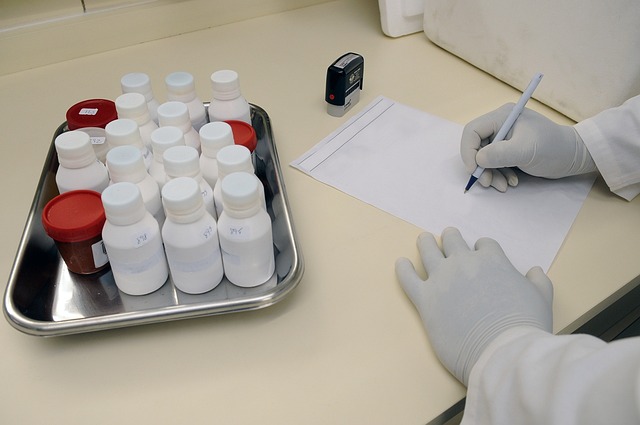Unveiling the Latest Advances in HPV Diagnostics
Human Papillomavirus (HPV) is one of the most common sexually transmitted infections, affecting millions globally. While many people may be living with HPV without any visible symptoms, the importance of early diagnosis cannot be overstated. Recent advances in HPV diagnostics are paving the way for more effective screening, better patient management, and ultimately, reducing the rates of HPV-related diseases.
The Evolving Landscape of HPV Testing
For many years, pap smears have been the gold standard for detecting cervical changes in women. However, advancements in HPV diagnostics are changing the game. Today, there are several FDA-approved tests that can identify the presence of high-risk HPV strains with remarkable accuracy. These tests not only help in screening but also empower patients with information about their HPV status, enabling timely medical interventions.
HPV Genotyping: A Step Forward
One of the most promising developments is HPV genotyping, which helps identify the specific types of the virus present. This is particularly crucial as certain strains, like HPV 16 and 18, are associated with a higher risk of cervical cancer. With genotyping, healthcare providers can assess a patient’s risk level more effectively and tailor monitoring strategies accordingly. Understanding one’s specific HPV type can bring peace of mind and help patients make informed decisions about their health.
Self-Collection Tests: Empowering Patients
Another significant advancement in HPV diagnostics is the introduction of self-collection tests. These tests allow individuals to collect their samples in the comfort of their own homes and send them to a lab for analysis. This not only promotes privacy but also encourages more people to participate in screening programs. With self-collection, barriers such as embarrassment and accessibility are significantly reduced, making it easier for individuals to take proactive steps toward their health.
The Role of Artificial Intelligence in HPV Diagnostics
As technology continues to evolve, artificial intelligence (AI) is also making its mark in the field of diagnostics. AI algorithms can analyze large datasets, identifying patterns and predicting outcomes more swiftly than traditional methods. In HPV diagnostics, AI systems can enhance the accuracy of test interpretations and potentially predict the likelihood of disease progression. This not only aids in more precise patient management but reinforces the shift towards personalized healthcare.
Integrating HPV Vaccination with Diagnostics
It’s also essential to remember that effective HPV diagnostics go hand in hand with vaccination efforts. The HPV vaccine has been shown to dramatically reduce the incidence of cervical cancer and other related diseases. By combining testing with vaccination initiatives, we can create a comprehensive approach to combat HPV on an individual and community level, making strides toward eradicating this common virus.
As we unveil the latest advances in HPV diagnostics, it’s clear that staying informed and proactive can lead to healthier outcomes. Whether through more accurate testing methods, empowering self-collection, or technological enhancements, the future of HPV diagnostics is bright, and the steps we’re taking today can lead to significant impacts in the fight against HPV-related diseases.




